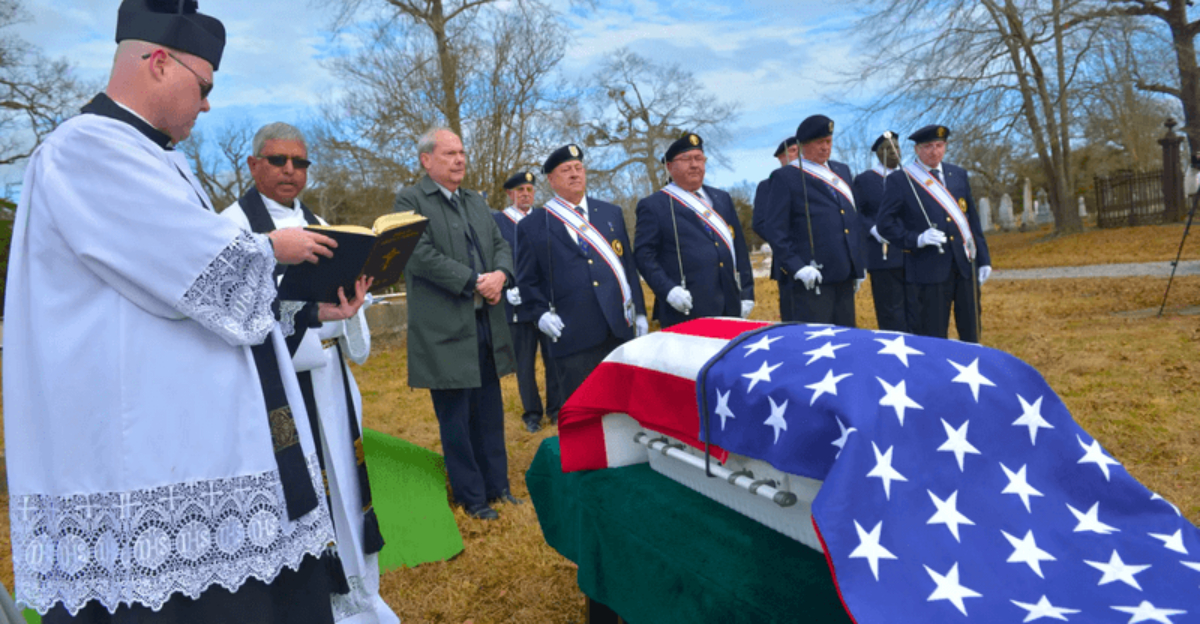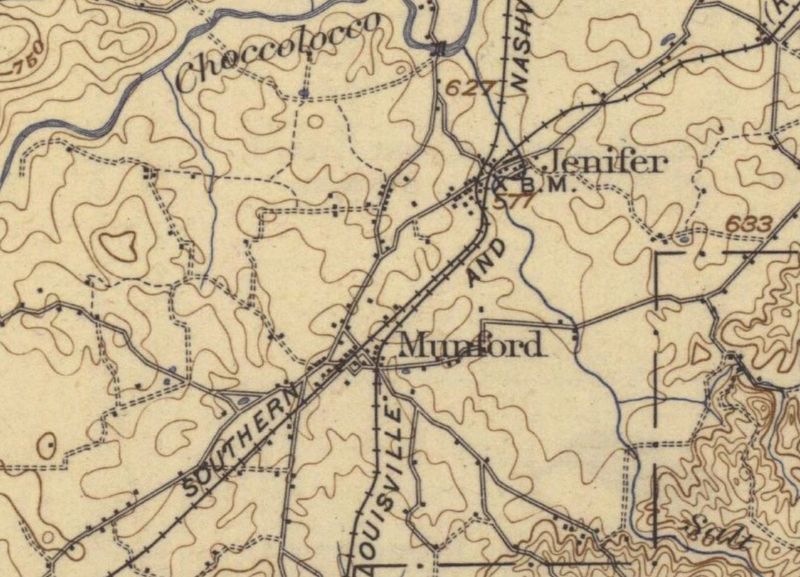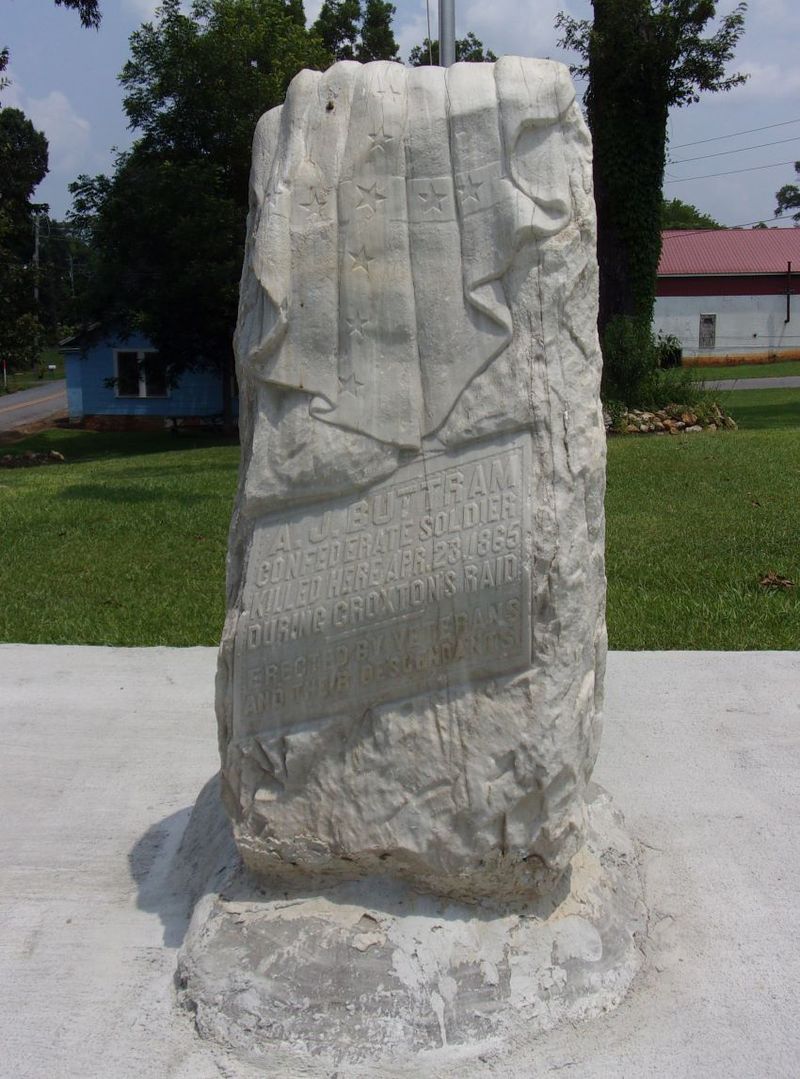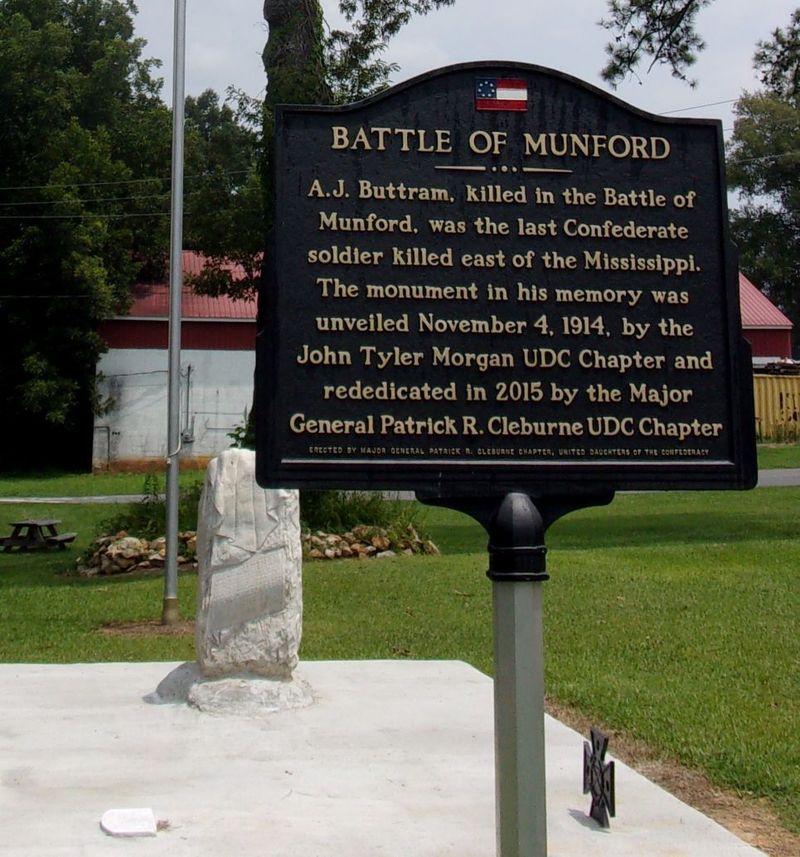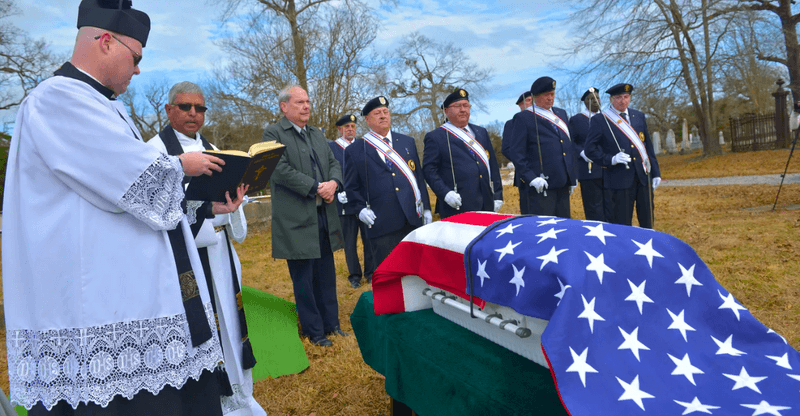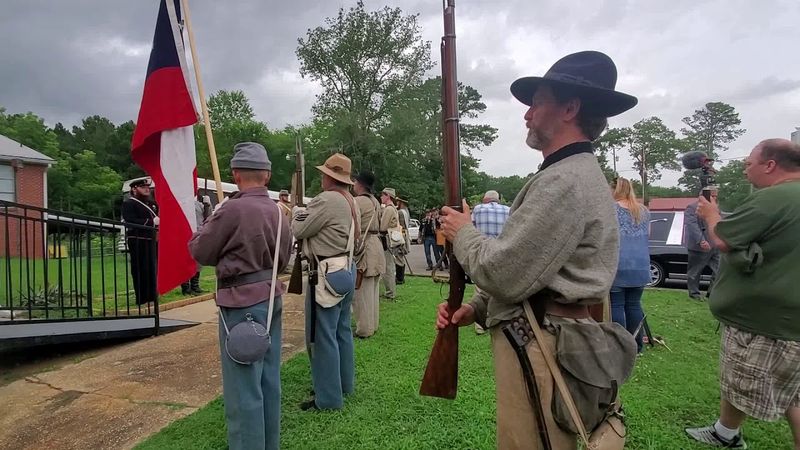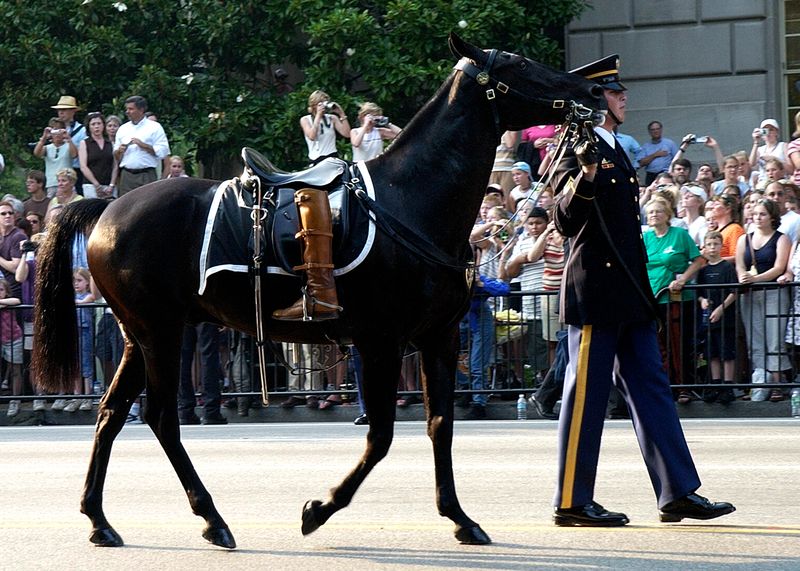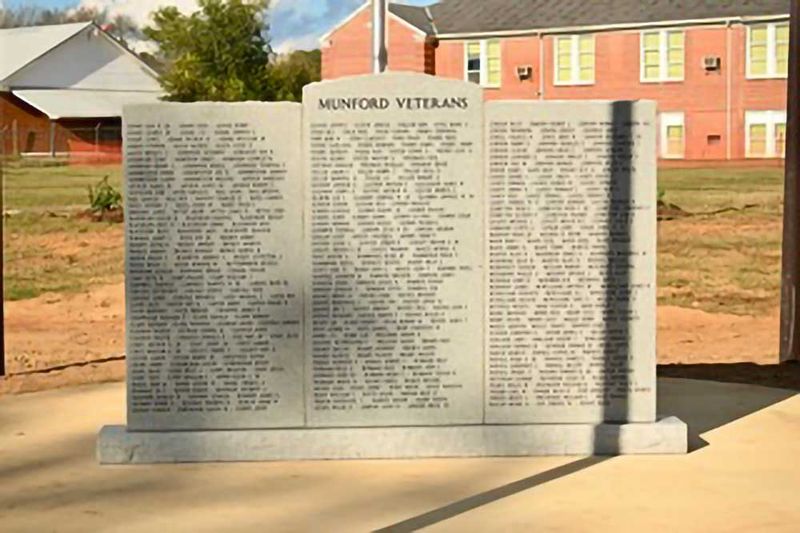The American Civil War left countless stories of bravery and sacrifice in its wake. Among these tales is the remarkable story of Lieutenant Buttram, a Confederate soldier whose final journey home took over 155 years to complete.
His rediscovery and proper burial in 2020 represents one of the last chapters in America’s deadliest conflict, connecting our modern world to a pivotal moment in history.
1. Death After Surrender
The war was supposed to be over when Lt. Buttram fell in battle. On April 23, 1865, two weeks after General Lee’s surrender at Appomattox, Buttram became a casualty at the Battle of Munford, Alabama.
Many soldiers had already begun journeying home, believing the bloodshed had ended. Yet pockets of resistance continued across the South, with news traveling slowly in the pre-telegraph era.
Buttram’s death highlights the messy reality of war’s end – not a clean break but a gradual, uneven conclusion that claimed lives even as peace was being declared elsewhere.
2. A Grim Milestone
History remembers firsts, but lasts often fade into obscurity. Lt. Buttram earned the somber distinction of being the last Confederate soldier killed in battle east of the Mississippi River.
His final moments marked the ending of an era that had torn the nation apart for four bloody years. While fighting continued in Texas and the far West for weeks afterward, the war’s Eastern Theater effectively closed with his sacrifice.
Military historians view his death as a poignant bookend to the conflict that had begun at Fort Sumter four years earlier.
3. Hastily Buried
Amid the chaos of war’s final days, Lt. Buttram received none of the dignified burial rites a soldier deserved. Comrades placed his body in a shallow, unmarked grave on what later became private farmland.
No coffin sheltered his remains, no prayers were spoken, and no marker identified the fallen officer. This hurried burial was tragically common during the Civil War, when battlefield deaths overwhelmed traditional funeral practices.
For over a century, he lay forgotten beneath Alabama soil, his story and sacrifice known only through fading oral histories passed down through generations.
4. Monument’s Journey
Nearly half a century after the war, memory stirred. The United Daughters of the Confederacy erected a stone monument in 1914 near where they believed Lt. Buttram lay.
Standing sentinel for decades, this memorial kept his story alive when his actual grave remained unknown. In 1972, however, the monument was relocated from its original position, severing the last physical connection to Buttram’s burial site.
The stone marker’s journey mirrors America’s complicated relationship with Civil War memory – sometimes honored, sometimes moved aside, but never completely forgotten.
5. Archaeological Discovery
Science finally solved the century-old mystery in 2020. University of Alabama archaeologists carefully excavated the suspected burial area, using ground-penetrating radar to locate anomalies beneath the surface.
Their meticulous work revealed telltale evidence: uniform buttons bearing Confederate insignia and a lead bullet lodged in human remains. DNA testing wasn’t needed – the artifacts spoke clearly of a soldier’s final rest.
Modern archaeological techniques had succeeded where memory had failed, pinpointing exactly where Lt. Buttram had lain undisturbed for 155 years.
6. Long-Awaited Honors
Summer heat blanketed Alabama on June 27, 2020, as Lt. Buttram finally received the ceremony denied him generations earlier. Re-enactors in period uniforms stood at attention while a military honor guard performed the timeless rituals of a soldier’s farewell.
Spectators from across the country gathered to witness this extraordinary historical moment. Many remarked on the powerful connection between past and present, as modern Americans paid respects to a man who died before their great-grandparents were born.
The 155-year delay made this perhaps the longest wait for military funeral honors in American history.
7. Historically Authentic Coffin
Craftsmanship bridged centuries when local woodworkers created Lt. Buttram’s final resting place. Using traditional tools and period-appropriate techniques, they fashioned a wooden coffin matching those used during the Civil War era.
The simple, hexagonal design reflected the modest burial customs of the 1860s. No metal handles or ornate decorations adorned the pine box, just carefully joined wooden planks stained a deep brown.
This attention to historical detail honored not just the man but the time in which he lived and died, creating a tangible connection to America’s past.
8. Family Connection
Five generations separated the fallen soldier from the man who would finally lay him to rest. Pastor Jerry Buttrum, the lieutenant’s great-grandson, stood at the graveside in 2020, leading prayers for an ancestor he’d never met but whose blood ran in his veins.
The family name had changed slightly over the decades – from Buttram to Buttrum – but the lineage remained unbroken. Descendants traveled from multiple states to witness this reunion across time.
Jerry later described the profound emotional experience of speaking words over his ancestor that should have been said a century and a half earlier.
9. Traditional Military Rituals
Centuries-old traditions honored the fallen lieutenant. A riderless horse with boots reversed in the stirrups led the procession, symbolizing a fallen warrior who would never ride again.
The sharp crack of rifle fire pierced the air as the 21-gun salute echoed across the Alabama countryside. Confederate re-enactors in meticulously recreated gray uniforms stood at attention, their presence connecting present-day observers to the 1860s.
Haunting notes of “Taps” floated over the gathering as the flag-draped coffin was lowered into Alabama soil, bringing ancient military customs into the 21st century.
10. Final Resting Place
Lt. Buttram’s journey ended in Munford Veterans Park, a peaceful setting dedicated to honoring military service across generations. His grave now lies near the monument that had once stood as the only tribute to his sacrifice.
The location ensures his story will be shared with visitors for generations to come. Interpretive signs explain his unique place in history as one of the last casualties of America’s bloodiest conflict.
School groups regularly visit the site, learning about this remarkable connection between modern Alabama and its Civil War past.
